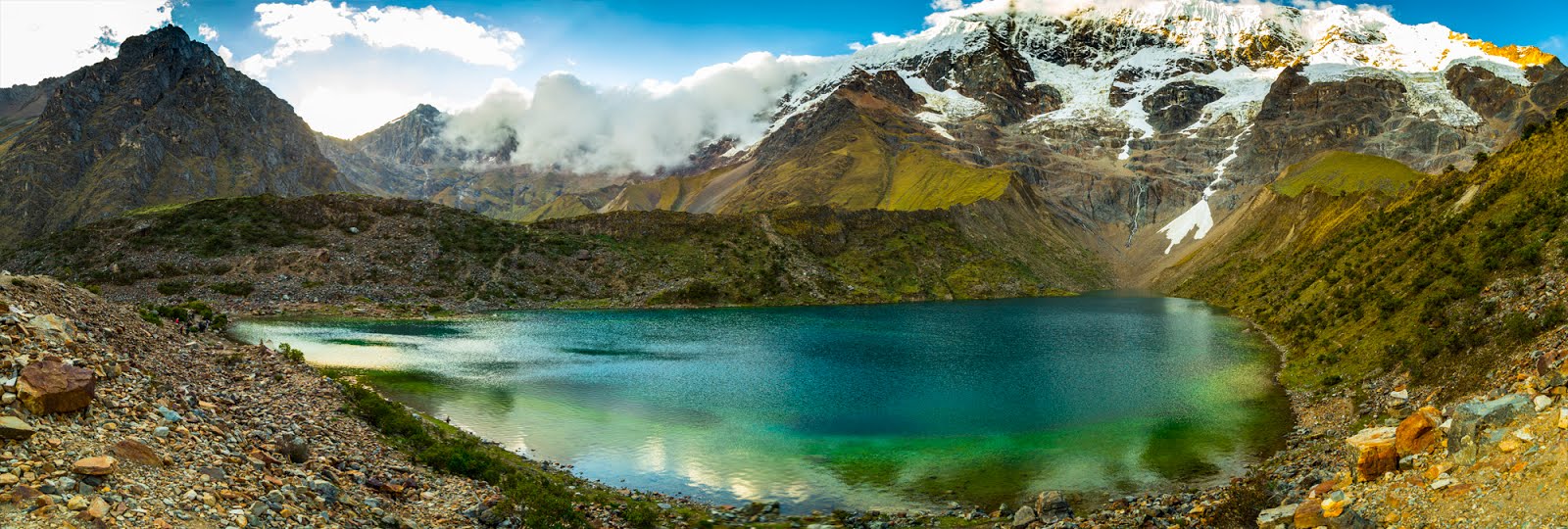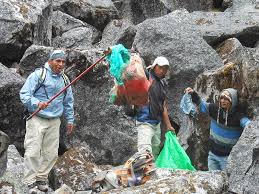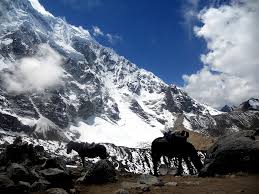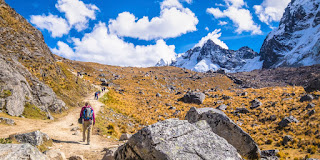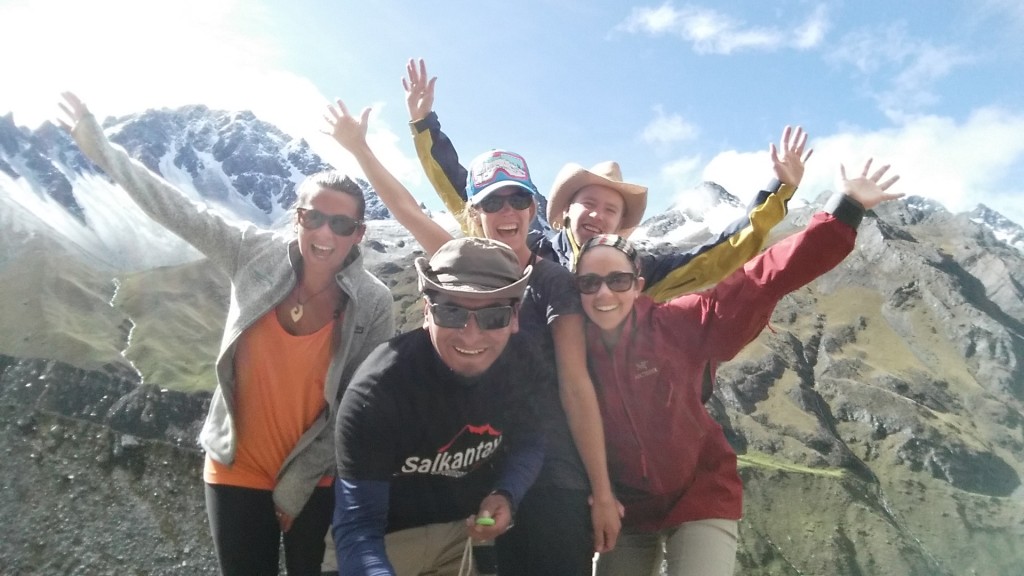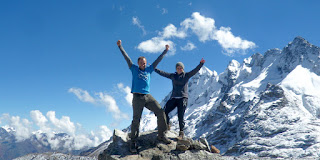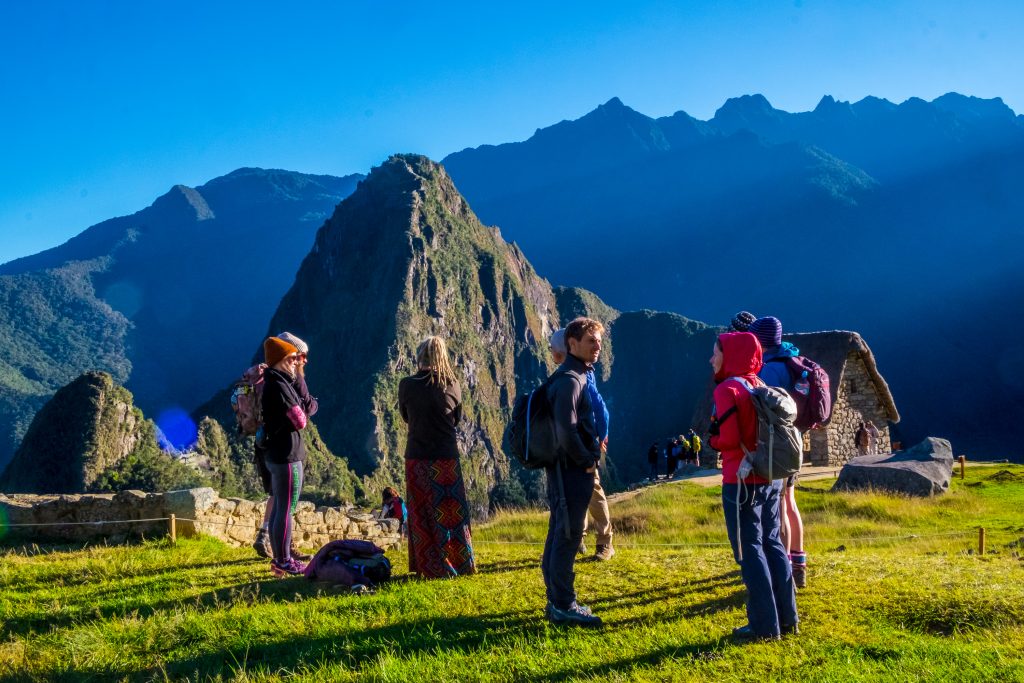At Salkantay Trekking, we feel driven to discover new routes and amplify our range of services for the satisfaction of our travelers. Before being offered to the international market, all of our treks in Cusco have been evaluated in detail by our team of specialists. For this reason, February 6-7 more than 30 tourism guides from our agency hiked the Lares route to do a meticulous study with the goal of offering it to tourists in 2020.
The trek started at 5:00 am in the plaza of Tupac Amaru. For a little more than an hour, we made our way to the Sacred Valley of the Incas. We had a short stop in the Calca market to recharge with the delicious food sold there. We continued our path toward the hot springs of Lares where we enjoyed a relaxing dip in the waters and strengthened our friendships. This touristic complex has various pools of different temperatures. At some moments, the heat seems unbearable, but it’s worth it. Since these waters contain calcium, magnesium, sodium, potassium, chloride, sulfates, bicarbonates, iron, maganese, zinc, boron and copper, they’re excellent for pain from rheumatoid, arthritis, muscles, fractures, etc. Health and pleasure in one place.
The rain started falling just as we had all decided to get out of the pools. We got on our bus and went a few minutes more until we crossed a river whose flow was quite high. There, in the rain, we started to get ready for the day’s hike, which would be about 5 to 6 hours of complete beauty.
The route is dominated by bodies of water: roaring rivers, impressive lagoons and tall waterfalls. All of this is situated among powerful mountains. Besides that, this trail is characterized by different countryside communities found along almost the whole path: Cachín, Rosaspata, Choquecancha among others. The majority prefer to continue using traditional dress in which the color red really stands out. You can also see immense stables that the people living there use to raise herds of llamas in high places.
We spent the night in the campsite of Quishuarani kept up by the people of the community. There, we could dry our wet clothing and cook. This place is ideal to put up tents and spend a night comfortably. Apart from that, there were also bathrooms, which is certainly a relief. Spending the night here also helps out the countryside communities who, sadly, live in poverty. You can also rent blankets and horses if you need to. The rain continued falling all night long.
The next day, we woke up to continue hiking uphill for 3 hours to the impressive Pachacutec Pass (4,400 MASL / 14,432 FASL) from which there’s an exceptional view of the valley. Next, we went downhill for 5 hours and arrived to a point in the road where there were vehicles waiting to pick us up.
It was an unforgettable experience that not only served to strengthen relationships between coworkers but, above all, to study the details of how to make this route a preferred option for many tourists in 2020.
Article Reference: http://www.salkantaytrekking.com/blog/specialists-of-salkantay-trekking-have-studied-the-lares-trail-in-order-to-improve-the-route-for-tourists-in-2020/
Article Reference: http://www.salkantaytrekking.com/blog/specialists-of-salkantay-trekking-have-studied-the-lares-trail-in-order-to-improve-the-route-for-tourists-in-2020/
